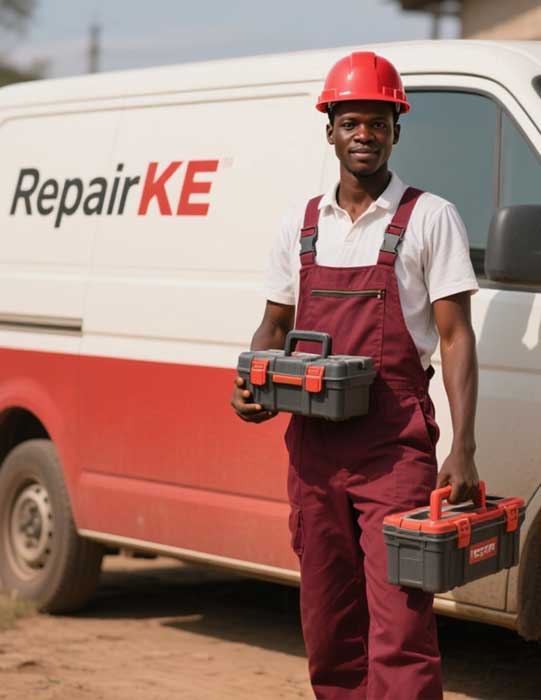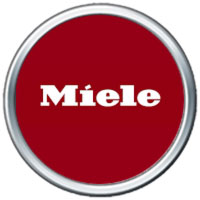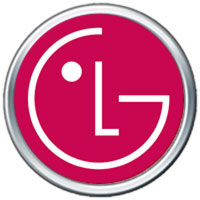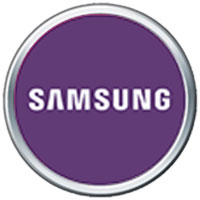
These are the top 10 most popular Washing Machine brands in Kenya
In recent years, Kenya's growing middle class has driven significant demand for household appliances, with washing machines becoming increasingly common in urban households. As more Kenyans seek convenience and efficiency in their daily routines, several washing machine brands have established strong footholds in the market. Here's a look at the top 10 most popular washing machine brands currently dominating Kenya's appliance landscape.
1. Samsung
The South Korean electronics giant maintains a commanding presence in Kenya's washing machine market. Samsung's popularity stems from its diverse product range that caters to various budget segments while offering innovative features like eco-bubble technology and smart connectivity options. Their after-sales service network across major Kenyan cities further solidifies consumer confidence.
2. LG Electronics
Another Korean powerhouse, LG has carved a significant market share with its reputation for durability and reliability. Kenyan consumers particularly appreciate LG's direct drive technology and water-efficient models that address the country's occasional water scarcity issues. Their front-loading machines have become status symbols in many middle-class homes.
3. Hotpoint
As a subsidiary of Whirlpool, Hotpoint has successfully positioned itself as a trusted local brand with extensive distribution networks throughout Kenya. Their washing machines are known for simplicity, functionality, and affordability, making them popular choices for first-time buyers and budget-conscious consumers.
4. Ramtons
This Kenyan brand has gained substantial market share by offering reasonably priced washing machines specially designed for local conditions. Ramtons' understanding of the Kenyan consumer has allowed them to create machines that handle the specific needs of local users, including handling dust-heavy laundry and operating reliably despite power fluctuations.
5. Hisense
The Chinese manufacturer has rapidly expanded its presence in Kenya with competitively priced washing machines that don't compromise on essential features. Hisense's strategic partnerships with major retailers and aggressive marketing campaigns have helped establish it as a reliable alternative to premium brands.
6. Mika
Popular among budget-conscious consumers, Mika washing machines offer basic functionality at accessible price points. The brand has gained traction particularly in emerging urban centers and smaller cities where price sensitivity is higher. Their semi-automatic twin-tub models remain bestsellers in many parts of Kenya.
7. Von Hotpoint
As a collaboration between Von and Hotpoint, this brand leverages combined expertise to deliver washing machines specifically tailored for the East African market. Their energy-efficient models have resonated with environmentally conscious Kenyan consumers facing rising electricity costs.
8. Bosch
Though positioned in the premium segment, Bosch has cultivated a loyal following among affluent Kenyan households. Their German-engineered washing machines are praised for exceptional build quality, water efficiency, and quiet operation. Bosch's reputation for machines that last decades justifies the higher price point for many Kenyan professionals.
9. Armco
This brand has successfully penetrated the Kenyan market with reliable, mid-range washing machines that offer a good balance between price and performance. Armco's focus on practical features rather than cutting-edge technology has resonated with pragmatic Kenyan consumers looking for straightforward laundry solutions.
10. Syinix
Rounding out the list is Syinix, a relatively newer entrant that has quickly gained popularity through strategic retail partnerships and competitive pricing. Their washing machines emphasize user-friendly interfaces and energy efficiency, appealing to younger, tech-savvy Kenyan consumers establishing their first homes.
As Kenya's economy continues to develop and more households join the middle class, the washing machine market is expected to grow substantially in coming years. These brands will likely continue competing for market share through innovation, localization of features, and expanding their distribution networks across the country.




